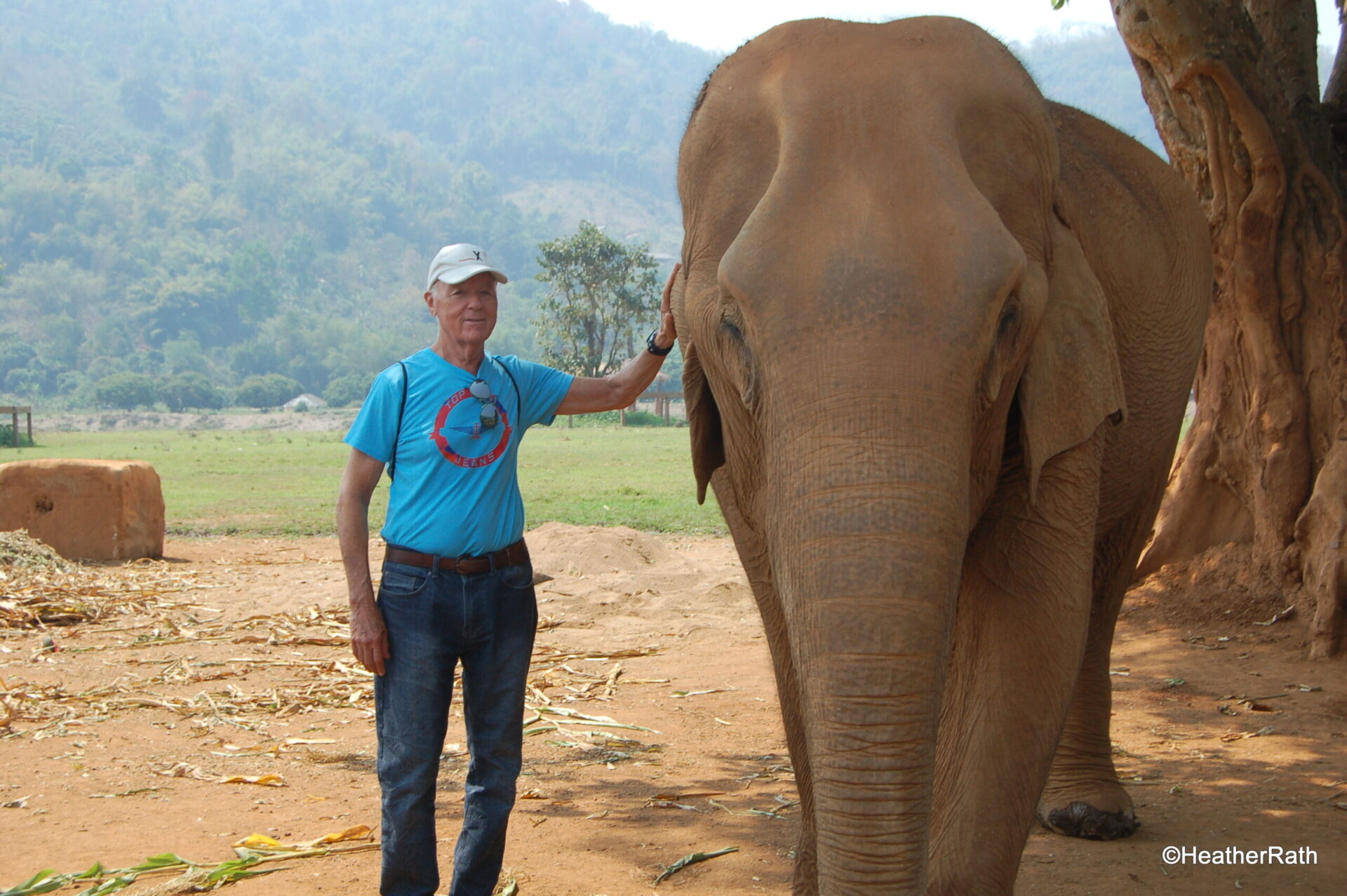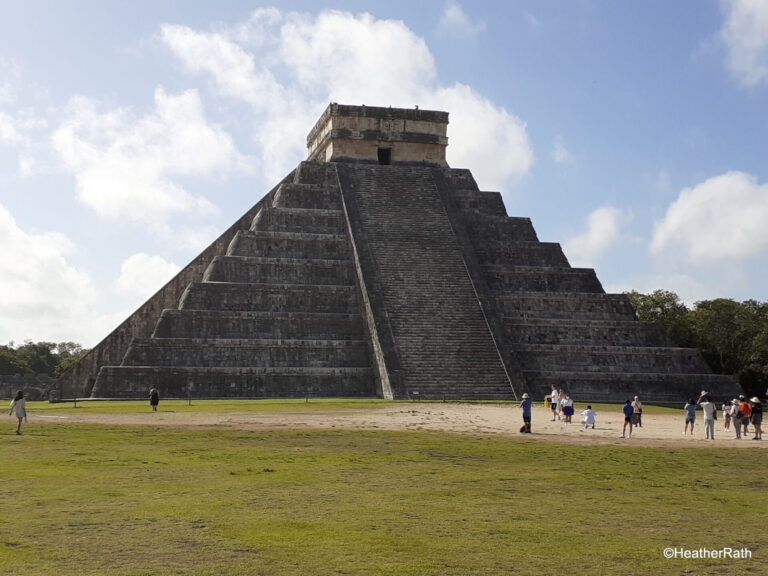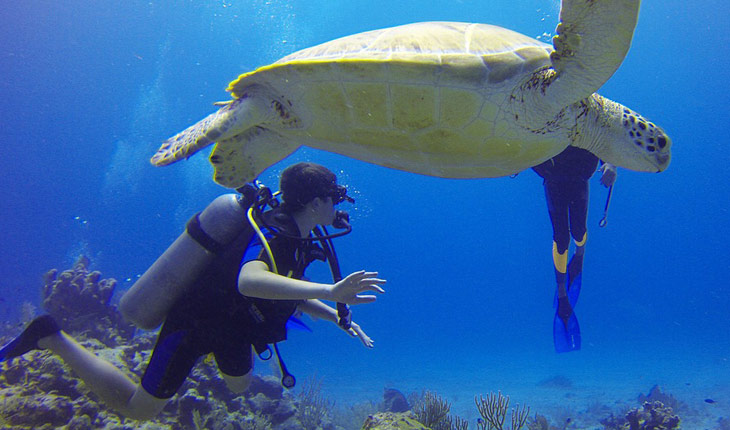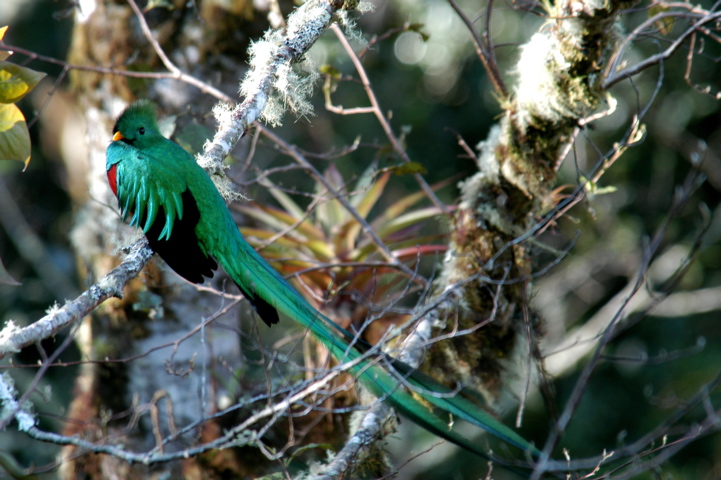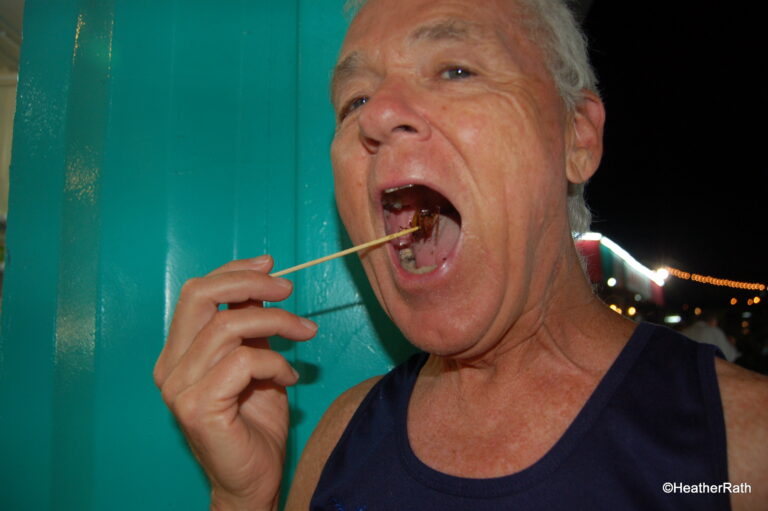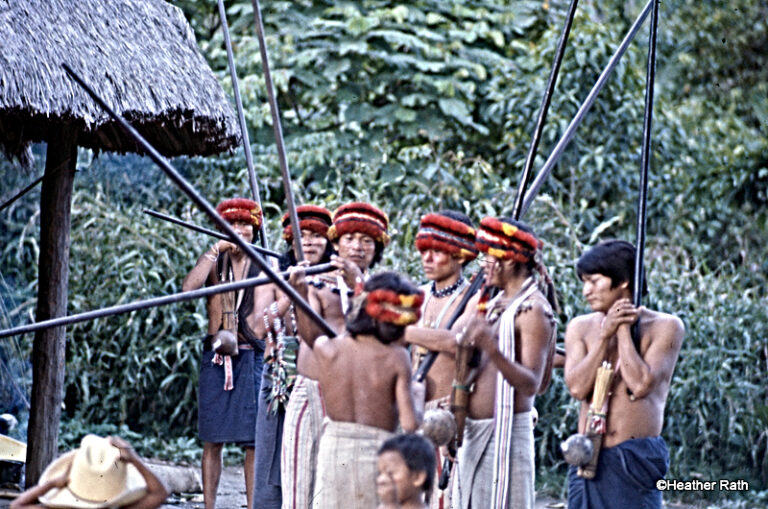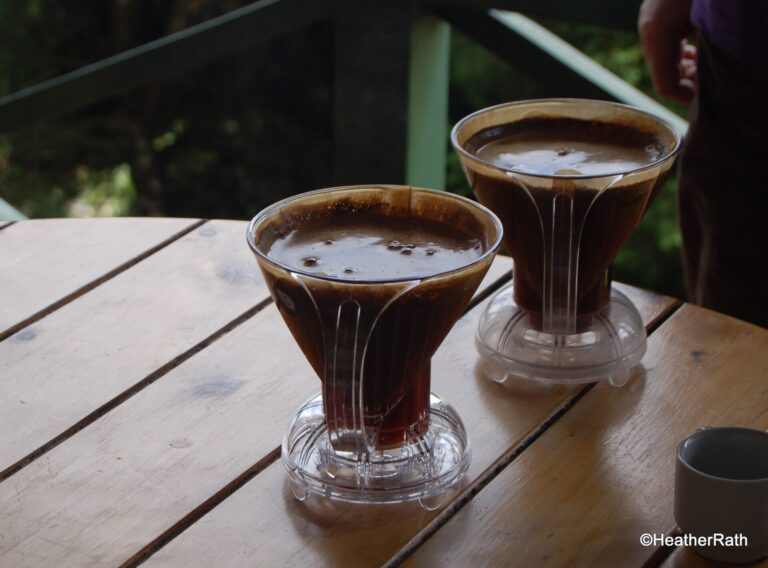Why We Don’t Ride Elephants in Thailand
The Maharaja Riding his Elephant
As children, most of us remember tales and photos of Maharajas riding to battle atop their elephants. No image was as powerful as a leader astride this magnificent beast.
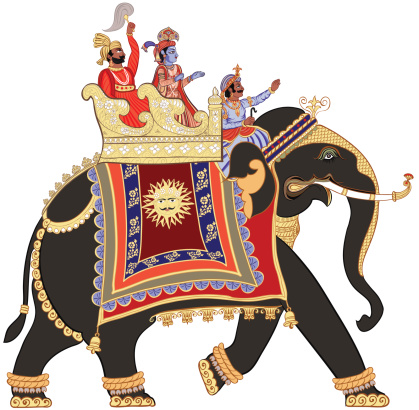
Trip to Thailand
A long-awaited trip to northern Thailand to visit an Asian elephant sanctuary permanently changed our minds.
Cruel Disabilities from Abuse
We took a trip outside Chiang Mai to check out the Elephant Nature Park, a domestic elephant rescue and rehabilitation centre. It mainly handles disabled elephants.
Elephants here suffer from disabilities through inhumane treatment: broken limbs, damaged feet, skin disorders, impaired sight and/or advanced age.
Cruel owners have abused a number of these rescued elephants in circuses and related tourist attractions. Others have stepped on landmines resulting in severe injuries.
Park officials acquire these elephants through donations or purchases. At the time of our visit three years ago, 70 elephants lived there.
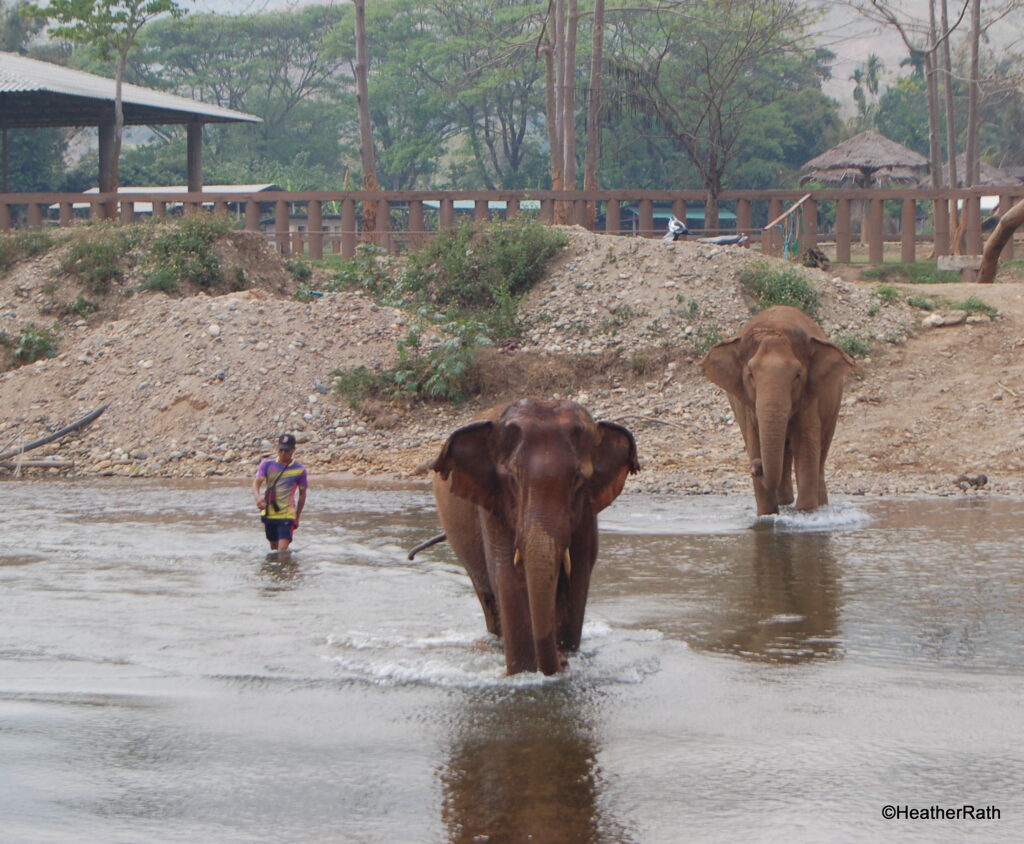
Hand Feeding
Visitors hand feed these wondrous animals with fruit like bananas, watermelon, pineapple, in a controlled, non-threatening environment.
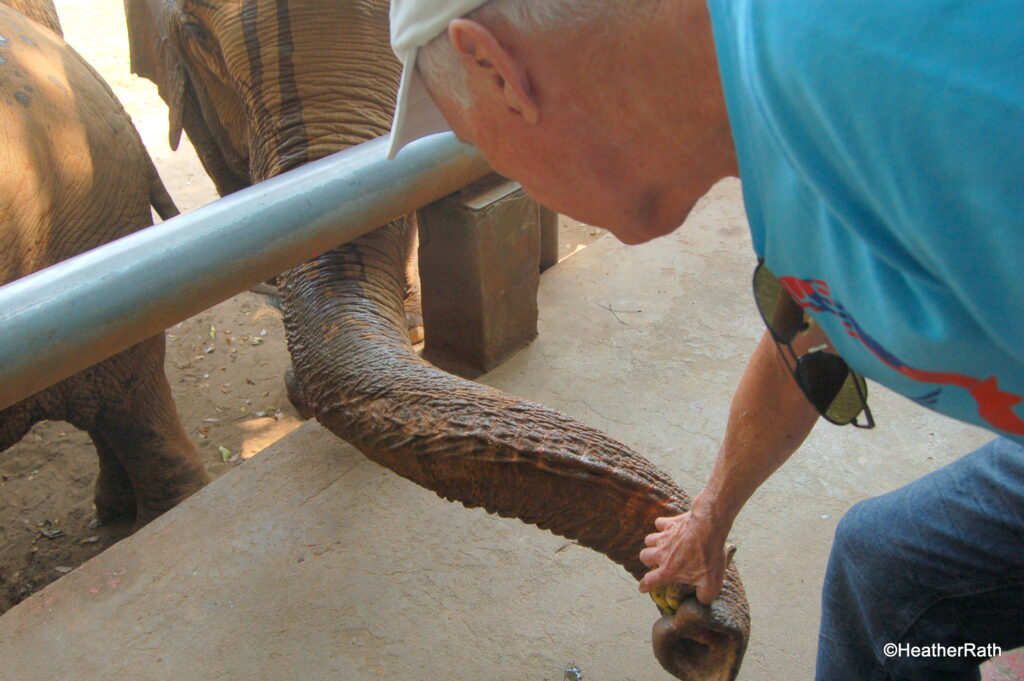
Broken Ankle
This elephant has a broken ankle, probably caused by a log or tree which has fallen on it with force. The elephant used to work in the logging industry. Using elephants for working, such as logging, is now outlawed in Thailand.
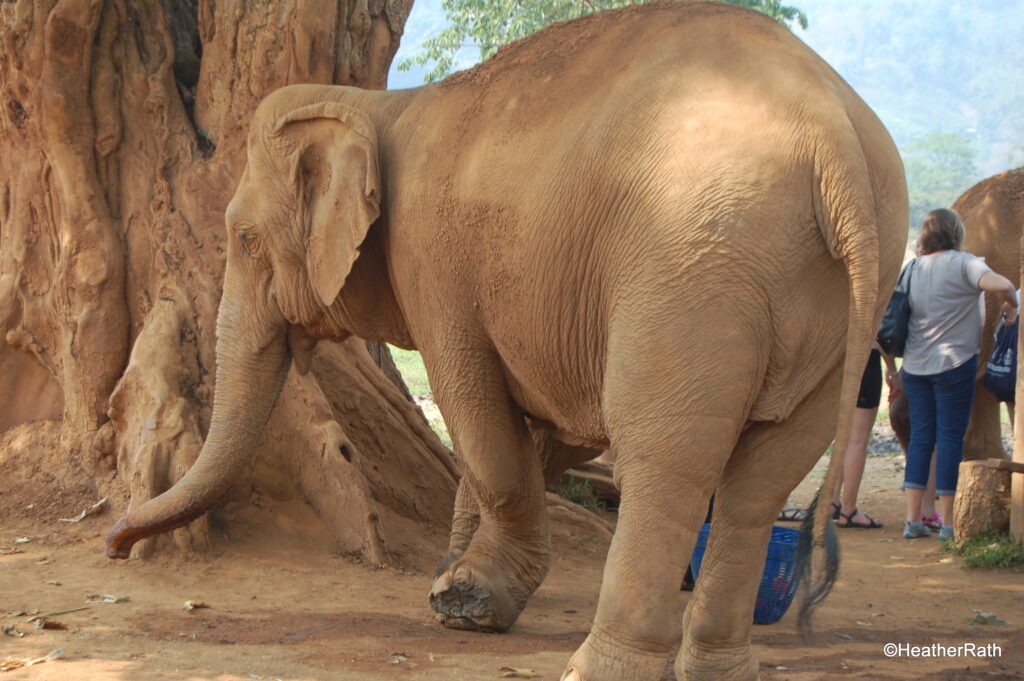
One Trainer per Elephant
Each elephant has one trainer. Both get to know one another well over time and develop a trusting relationship.
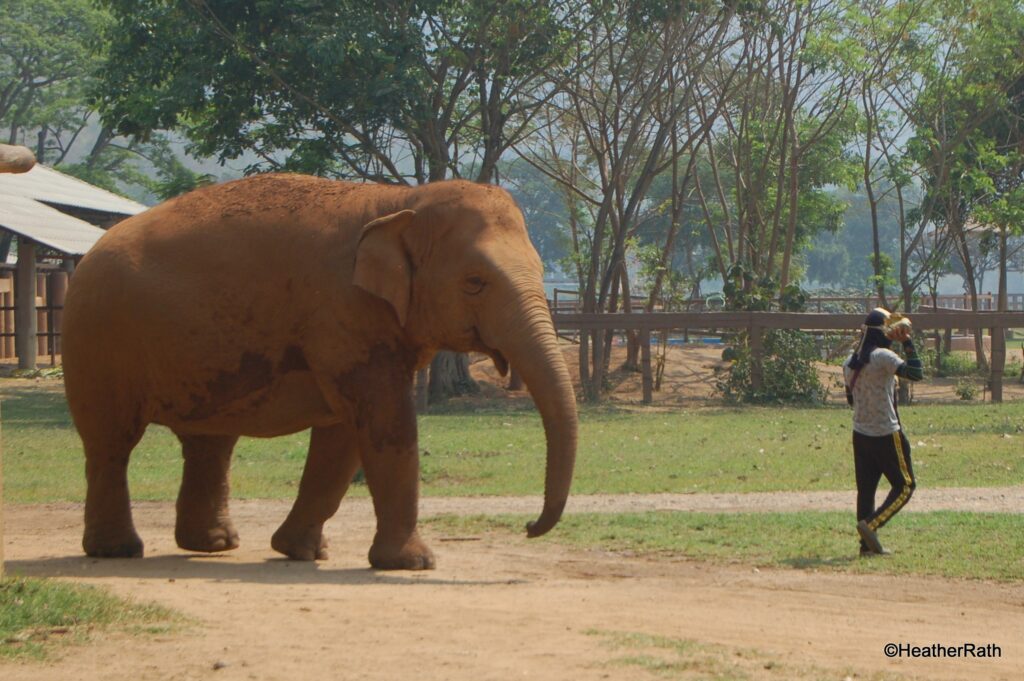
Numbers Dwindling
In the early 1900s there were 100,000 elephants in Thailand. Today there are an estimated 3,000-4,000. Around half this number are domesticated; the remainder live wild in National Parks Reserves.
Elephants and their sight
Birth records for most elephants at the Elephant Nature Park are spotty. So the staff make educated guesses using the number of wrinkles around the eye.
This one (see photo below) is in her 60s and is sight impaired.
Our instructions were to approach elephants only from the front, at a slight oblique angle so they can see you.
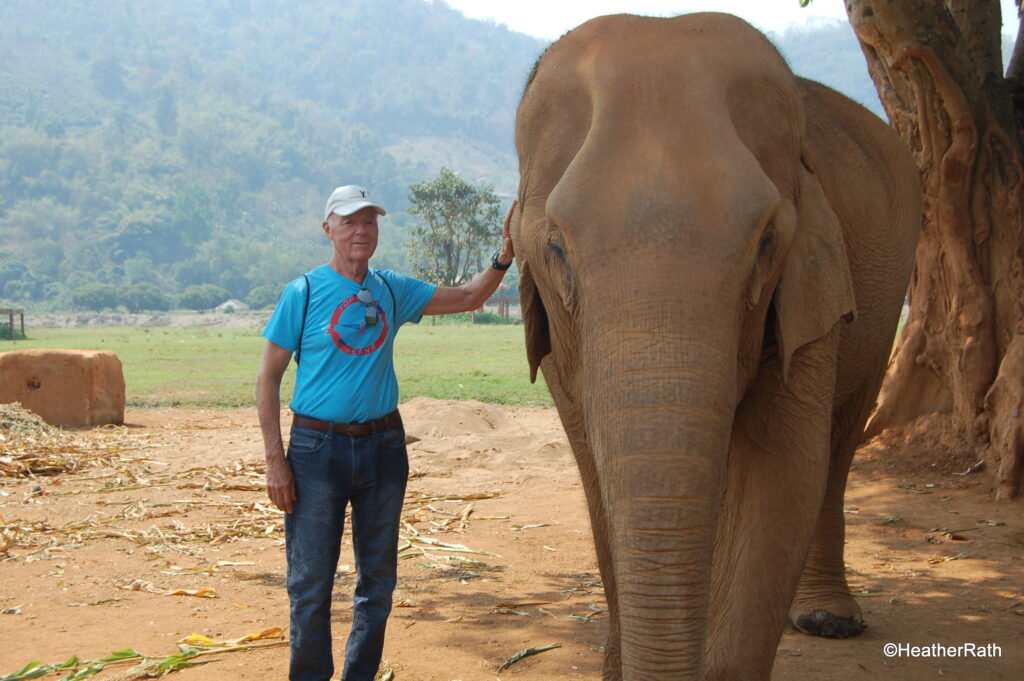
Blind Elephants
Blind elephants use their feet to feel vibrations from the earth. As well, they use their trunks, like a white cane, to touch the ground in front as they walk.
Males and Females
Elephants arrange themselves in groups or families of 7 or 8 led by a senior female.
Males, after reaching the age of 13, are kept separately to eliminate the chance of breeding.
Sun Protection
Elephants use provided palapas for protection from the sun. They also have access to two rivers flowing through the park; these help to keep them cool. Once wet, they throw dirt and mud on their backs using their trunk. The mud acts as a sun screen.
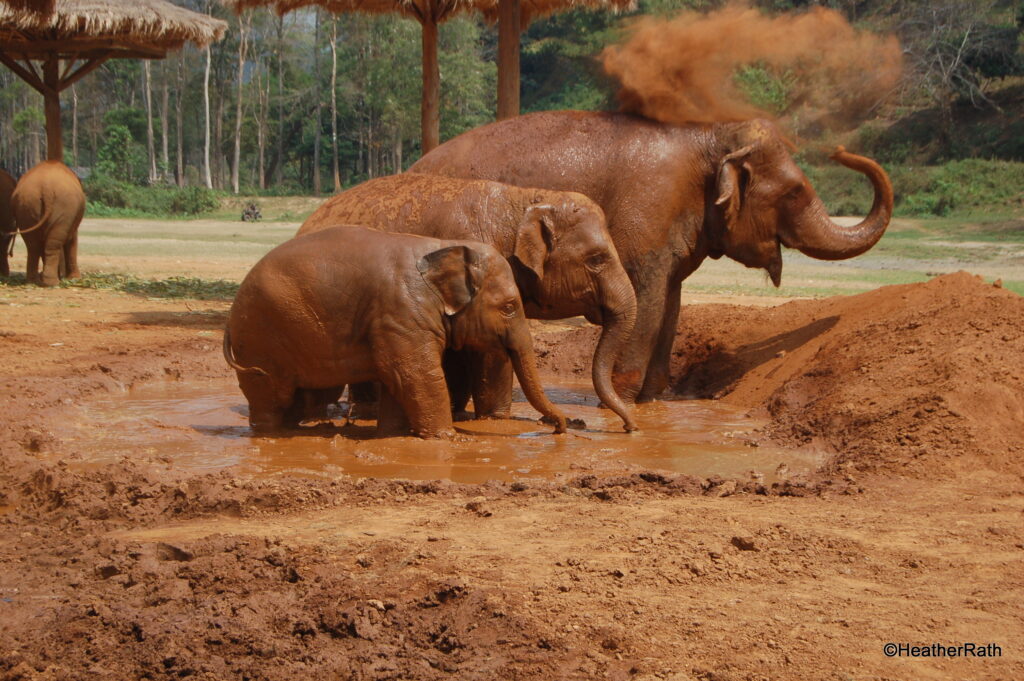
Death of an Elephant
When an elephant dies, the others crowd around it encouraging the dead elephant to rise again. Once the herd accepts death, they mourn for about a week missing their colleague. Some even shed tears.
The dead elephant is buried with an appropriate Buddhist ceremony conducted by a local monk.
Endangered Species
The Asian population is declining at a rapid rate due to loss of habitat, illegal capture and trade for use in the tourism industry.
Why we should NOT ride elephants
Wild elephants need to be tamed before they can be ridden. The brutal taming process begins with very young elephants.
Taming process – The Crush
Wild elephants generally won’t let humans ride on top of them. To tame a wild elephant, the baby is tortured to completely break its spirit.
The process is called Phajaan, or “the crush”. The word translates as ‘breaking the spirit’ of the elephant.
Baby elephants are forcibly removed from their mothers. They are then confined in a small space, like a cage or hole in the ground, where they cannot move. Finally, they are beaten into submission with clubs pierced with sharp bull-hooks while starved and deprived of sleep for many days.
How you can help save both Asian and African elephants:
In Thailand contact here
In Kenya contact here.
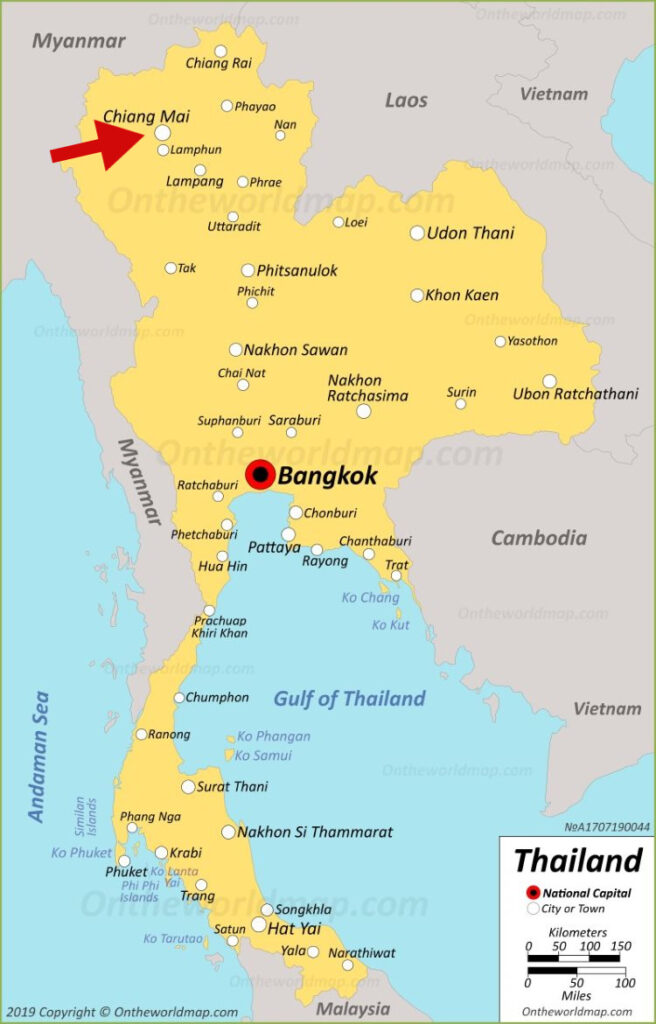
Book your day trip to an Elephant Sanctuary in Northern Thailand by clicking here
COVID Update
For the latest information on Covid for travellers to Thailand click here.
Sights and Sounds
How to get there
From Bangkok one can take a bus or train; always car of course. We chose to fly from Suvarabhumi Airport on Bangkok Airways. There are many flights from both main Bangkok airports on a variety of airlines. Since there is much competition of this route, prices are quite affordable.
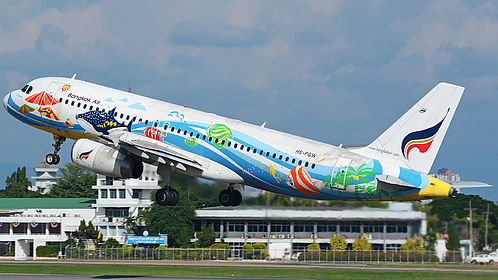
Where we stayed (recommended)
The Chan Changmai House was a perfect small hotel for us – great location, excellent service and modest cost which included breakfast
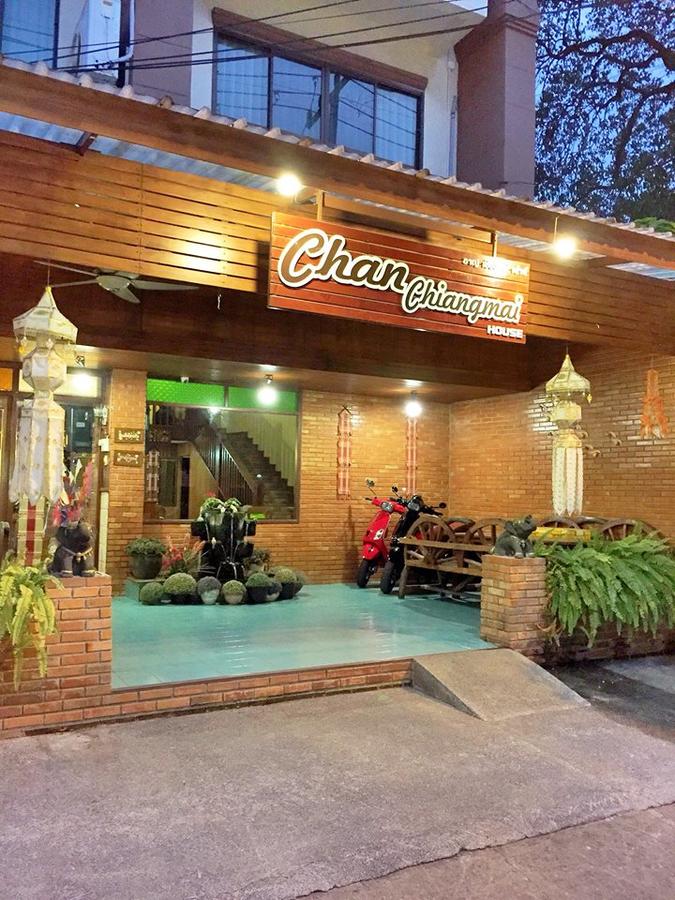
Travelled: February, 2018
See our other blogs from Thailand
